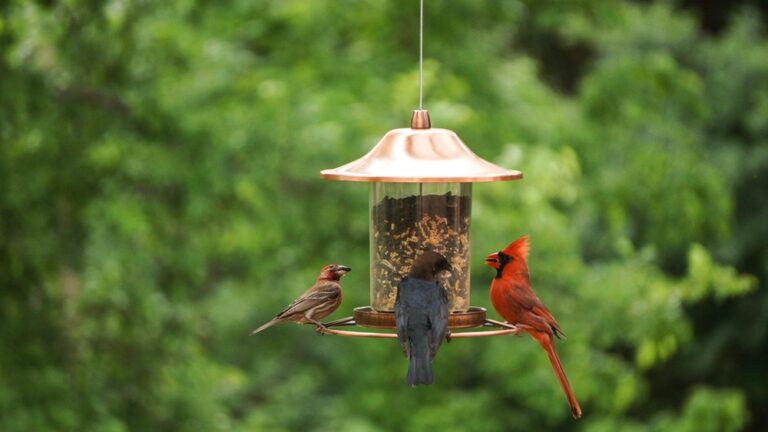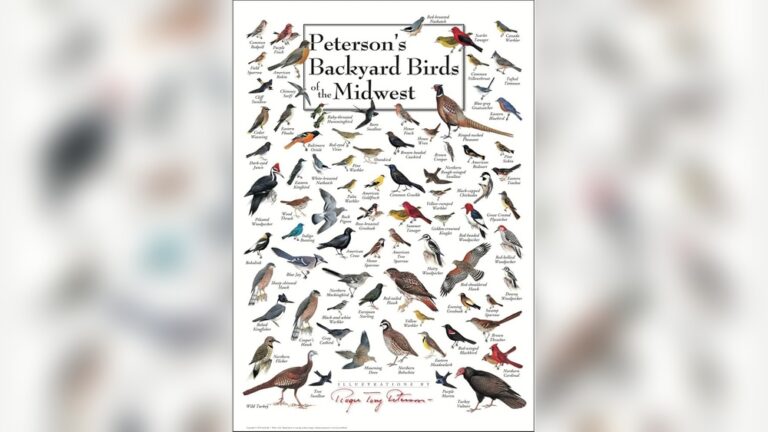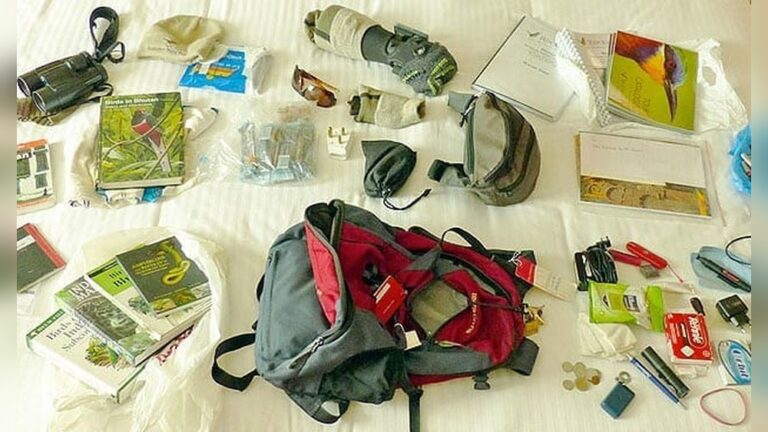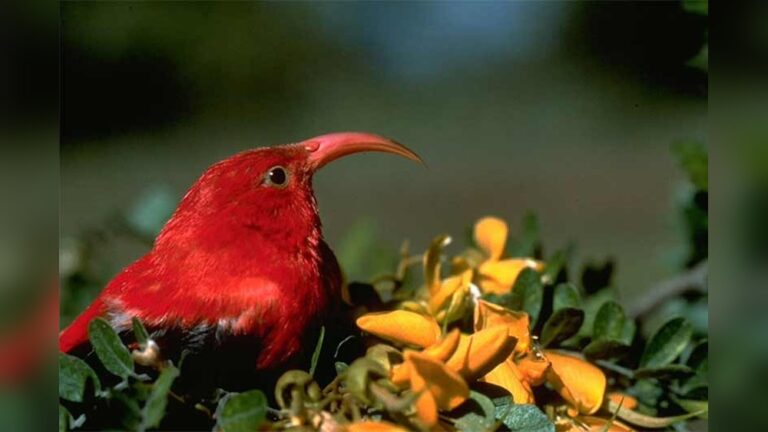Introduction To African Savanna Birds
Have you ever wondered what makes the African savanna so alive and vibrant? It’s not just the tall grasses or the majestic elephants roaming freely.
The real magic is in the birds that fill the sky and trees with color, sound, and life. These birds are more than just beautiful creatures—they play a vital role in the ecosystem. If you want to discover the fascinating world of African savanna birds, understand their unique habits, and learn how they impact their environment, this guide is made just for you.
Get ready to see the savanna from a whole new perspective.

Credit: www.passportandpixels.com
Savanna Habitat Features
The African savanna is a wide, open landscape with grass and scattered trees. This habitat supports many kinds of birds. Its features shape the life and habits of these birds. Understanding the savanna’s environment helps us learn why certain birds live there.
Climate And Vegetation
The savanna has a warm climate with two main seasons: wet and dry. Rainfall is limited but enough to grow grasses. Trees like acacias spread across the land but stay far apart. This mix of grass and trees creates homes and food for birds. Some birds live in the trees, while others stay on the ground.
Seasonal Changes
Wet seasons bring fresh green grass and many insects. Birds find food easily and build nests. Dry seasons are hotter and drier. Water becomes scarce and plants turn brown. Birds may travel far to find food and water. Many birds time their breeding to match the wet season.
Importance For Birds
The savanna’s open space helps birds spot predators. Trees offer safe places for nesting and resting. Grasses and insects provide food for many species. This habitat supports both small and large birds. The balance of open land and trees creates a perfect home for savanna birds.

Credit: travelingtulls.com
Common Bird Species
The African savanna hosts many bird species. These birds live in open grasslands and scattered trees. They have adapted to the hot, dry climate. Each species plays a unique role in the ecosystem. Some birds are easy to spot, while others hide well. Let’s explore some common bird types found here.
Ground-dwelling Birds
Ground-dwelling birds spend most of their time on the land. Ostriches are the largest, known for their speed. They cannot fly but run fast to escape danger. Secretary birds walk slowly, hunting snakes and insects. They have long legs and sharp eyesight. Guinea fowl are smaller and live in groups. They make loud calls to warn of predators.
Birds Of Prey
Birds of prey hunt other animals for food. The African fish eagle lives near water and catches fish. Its sharp claws and strong wings help it soar high. Bateleur eagles have short tails and fly low to spot prey. Vultures clean the savanna by eating dead animals. They fly in circles, searching for food below.
Colorful And Unique Species
The savanna is home to many colorful birds. Lilac-breasted rollers have bright blue and purple feathers. Their colors shine in the sunlight. Hornbills have large beaks and make loud calls. Their shape is easy to recognize. Weavers build intricate nests from grass. They work together to protect their homes.
Adaptations To Savanna Life
The African savanna is a tough place for birds. The hot sun, wide open spaces, and changing seasons create many challenges. Birds have special adaptations to live here. These help them find food, stay safe, and survive long dry times.
These adaptations are key to their success. They blend into the landscape, find food in smart ways, and sometimes move to better places. Each bird species has unique traits that fit the savanna life perfectly.
Camouflage And Plumage
Many savanna birds have colors that match dry grass and soil. Their brown, tan, and gray feathers hide them from predators. This camouflage helps them stay safe while resting or hunting.
Some birds change their plumage with the seasons. Bright colors appear during mating time to attract partners. At other times, dull colors keep them hidden.
Feeding Strategies
Savanna birds use different ways to find food. Some eat seeds and insects on the ground. Others catch small animals or fish near water sources.
Many birds have strong beaks to crack tough seeds. Some probe deep into the soil or tree bark for insects. These feeding methods help them survive when food is scarce.
Migration Patterns
Some birds move across the savanna with the seasons. They follow rains to find fresh food and water. These migrations can cover long distances.
Other species stay put but adjust their activity to the weather. They may rest during the hottest parts of the day and feed early morning or late evening.

Credit: en.wikipedia.org
Bird Behavior And Communication
African savanna birds show unique behaviors and ways to communicate. These birds use actions and sounds to interact with each other. Understanding their behavior helps us learn about their lives and survival. Their communication is vital for finding mates, warning of danger, and living in groups.
Mating Displays
Male birds often perform dances to attract females. Bright feathers and special movements catch attention. Some birds puff up their bodies or spread their wings wide. These displays show strength and health. Successful displays increase chances of finding a mate.
Vocalizations
Birds in the savanna use calls to talk. Each species has unique sounds for different messages. Calls can warn of predators or mark territory. Songs help attract mates or keep groups together. Listening to these sounds reveals much about bird life.
Social Structures
Many savanna birds live in groups or pairs. Some form large flocks for protection. Others keep close family bonds. Group living helps in finding food and spotting danger. Social behavior varies by species and environment.
Conservation Challenges
African savanna birds face many threats that put their survival at risk. These challenges affect their homes, food, and safety. Understanding these problems helps protect these unique birds.
Habitat Loss
Many birds lose their homes due to farming and city growth. Trees and grasslands get cut down or changed. Birds struggle to find places to live and nest. Less space means fewer birds can survive.
Climate Impact
Weather changes affect birds’ food and water. Hotter temperatures and less rain make life hard. Some birds move to new areas. Others may not find enough food and water to live.
Human Interactions
People can harm birds by hunting or capturing them. Pollution also damages their health. Noise and light disturb bird behavior and breeding. Respecting birds helps them live safer and longer.
How Smart Pets Lover Can Help You with Introduction To African Savanna Birds
Discovering African Savanna Birds Through Hands-On Learning
Diving into the world of African savanna birds opens up more than just fascinating facts—it invites practical learning that deepens your connection to these remarkable creatures. Understanding the savanna habitat features and the unique adaptations birds have developed to thrive in such an environment offers excellent opportunities to observe and appreciate nature’s resilience up close.
For those eager to explore bird behavior and communication, setting up simple birdwatching sessions or even creating a backyard habitat inspired by the savanna can be incredibly rewarding. It’s a gentle way to practice patience and mindfulness, while sharpening your observational skills. Plus, learning about conservation challenges encourages responsible actions that support bird populations both locally and globally.
At Smart Pets Lover, we believe every chirp tells a story worth hearing. Feel free to reach out if you want guidance on bird-friendly products or tips on connecting with feathered friends in your own space—because every step toward understanding brings us closer to protecting these beautiful birds.
Frequently Asked Questions
What Types Of Birds Live In The African Savanna?
The African savanna hosts diverse birds like hornbills, ostriches, weaver birds, and secretary birds. Each adapts uniquely to the savanna’s open grasslands and scattered trees, thriving in this ecosystem’s specific conditions.
How Do African Savanna Birds Adapt To The Environment?
These birds adapt by developing strong legs for running, camouflaged feathers, and specialized diets. Many nest in trees or shrubs to avoid predators and withstand seasonal changes.
What Role Do Birds Play In The African Savanna Ecosystem?
Birds contribute by controlling insect populations, pollinating plants, and dispersing seeds. They also serve as prey and help maintain ecological balance in the savanna.
When Is The Best Time To Observe African Savanna Birds?
Early mornings and late afternoons offer the best birdwatching opportunities. Birds are most active during these cooler periods, making sightings easier and more frequent.
Conclusion
African savanna birds show nature’s beauty and diversity. They play key roles in their habitats. Watching them teaches us about wildlife and balance. These birds inspire curiosity and respect for nature. Protecting their homes helps keep the savanna alive. Explore more to discover their unique songs and colors.
Their presence makes the savanna a special place. Enjoy the wonder these birds bring to the wild.







